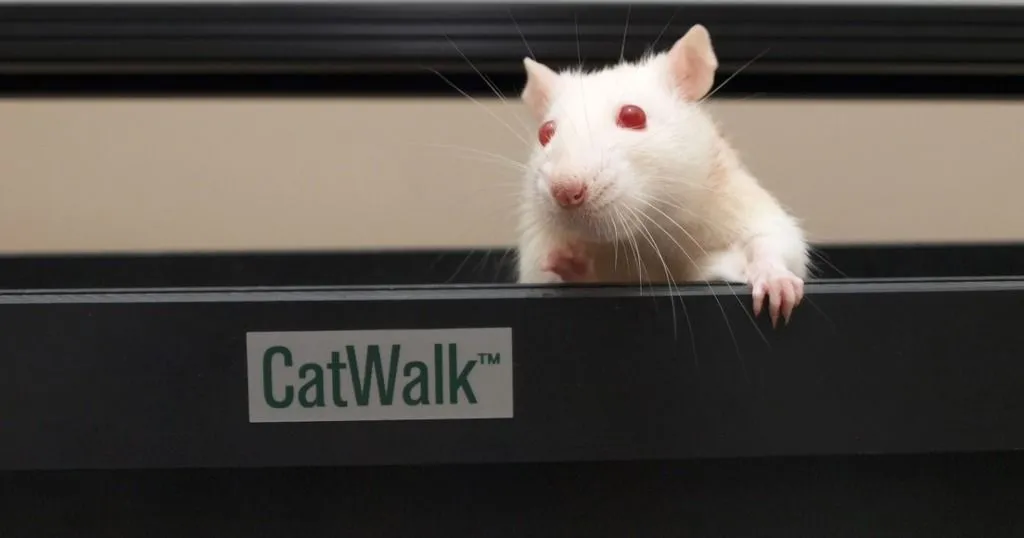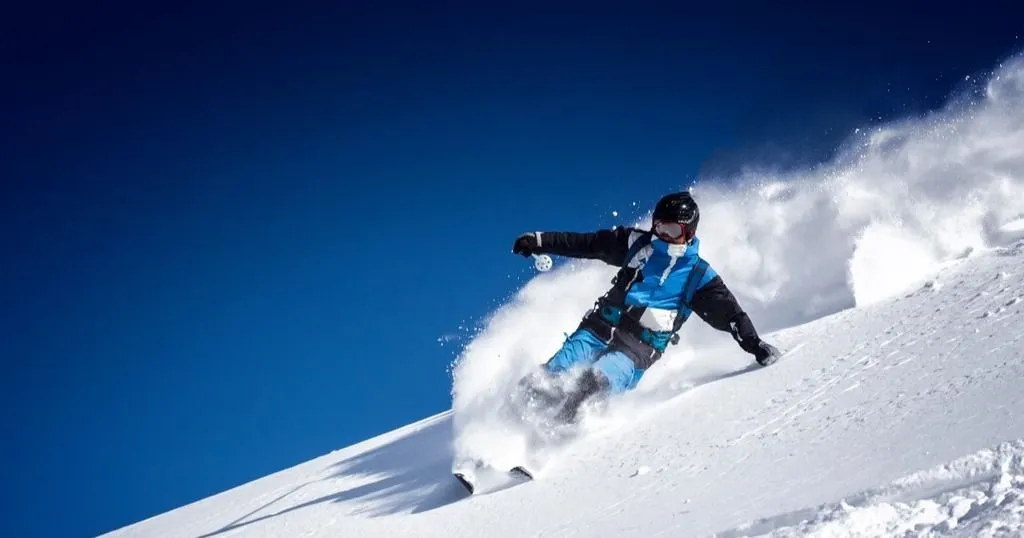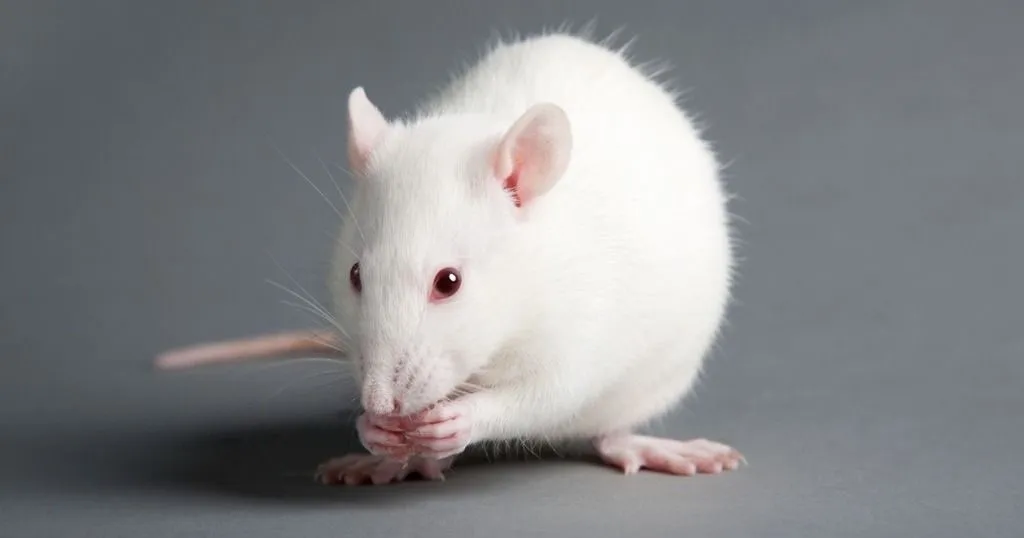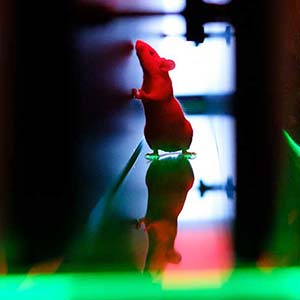Gait research: let your animals walk freely
Researchers use different ways to analyze gait in animals. In what instances would a study benefit from a system that is based on voluntary walking?
Posted by
Published on
Wed 15 Apr. 2015
Topics
| Ataxia | CatWalk XT | Gait | Locomotion | Parkinson's Disease | Spinal Cord Injury |

Researchers use different ways to analyze gait in animals. Basically we can distinguish two methods: one can either observe or measure gait in an unrestricted manner, or one chooses a forced manner, such as a treadmill or treadwheel.
A while back I wrote a post about pros and cons of these methods. Recently, we got in some questions about different ways to measure gait and locomotion in rats and mice, and in what instances a research would benefit from a system that is based on voluntary walking. In this post I will be touching base on some of the factors you can keep in mind when choosing a method for your study.
Just like real life
Many studies aim to (eventually) find relevant solutions for clinical problems. One might argue that the closer your study resembles real life, the better. What physicians do is closely watch how their patients move while they walk towards and away from them. In a lab situation, you can do something similar by letting the animal walk and observe closely. Traditionally, methods referred to as BBB scoring and paw inking have brought some standardization and comparability to these studies. The main advantage of unforced gait is that the animal is allowed to move at a speed that its gait (ab)normality or endurance will allow.
The issue of speed
Speed is an important gait parameter, but is also influences a lot of other parameters. This presents a dilemma for many researchers, creating the necessity to adjust for speed. One way of doing so is by regulating the speed in the test itself, using a motorized treadmill or treadwheel system. The question is if this really does eliminate variations in speed, because it only really assures you that all the animals walk with the same average speed. In practice, animals still constantly vary their speed moving up and down the treadmill. In fact, different animals will have different strategies to stay up to speed, which might lead to huge variations in walking speed. What’s more, the stress of keeping up can even introduce gait artifacts.
Eventually, you still have to adjust your results for their real speed.
Intrinsic speed and software algorithms
So, alternatively, you can choose to do just that: correct for speed in your results. The CatWalk method combines a walkway system with advanced software program that does exactly that. It allows animals to walk at their own intrinsic speed in an unforced manner, guided in a straight line due to the restriction introduced by the walls of the corridor. Training and a goal box at the end of the corridor learns and motivates the animal to walk in a straight and consistent manner. Afterwards, the software can adjust for speed and speed variations. Also, there is no need to work with bright lights. This way you can detect even subtle artifacts in gait in a non-artificial manner, all while introducing the least amount of stress on the animal.
Footfalls
CatWalk XT is a very accurate method, measuring each footfall in detail unlike belt driven systems that often detect parts that are not actually touching the walkway. If you would like to learn about parameters extracted from these footfalls, you can read the following posts:
- What a print can tell – about parameters extracted from each print
- Going the distance – about parameters related to the relationship between prints
- Time is of the essence – about the time relationship between prints and related parameters
Related Posts

How to really challenge mice cerebellar plasticity

Traumatic Brain Injury: effects on the brain and motor coordination

